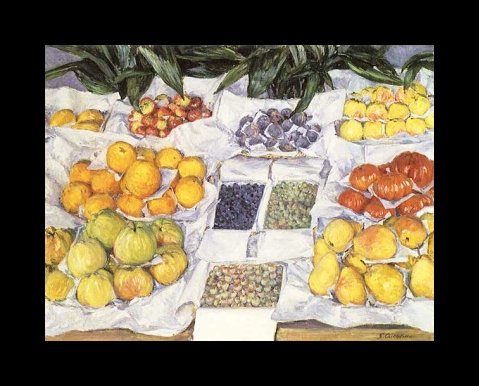Gustave Caillebotte (1848-1894)
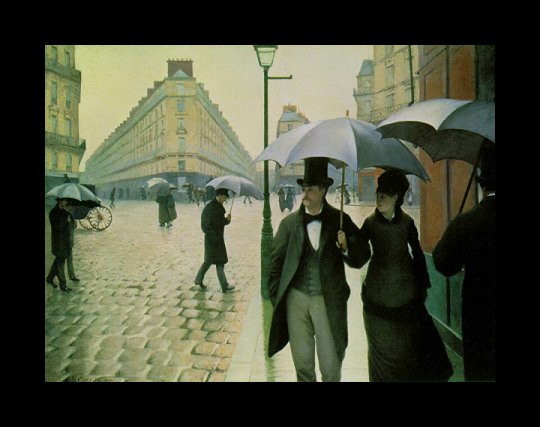
Get a Caillebotte Certificate of Authenticity for your painting (COA) for your Caillebotte drawing.
For all your Caillebotte artworks you need a Certificate of Authenticity (COA) in order to sell, to insure or to donate for a tax deduction.
Getting a Caillebotte Certificate of Authenticity (COA) is easy. Just send us photos and dimensions and tell us what you know about the origin or history of your Caillebotte painting or drawing.
If you want to sell your Caillebotte painting or drawing use our selling services. We offer Caillebotte selling help, selling advice, private treaty sales and full brokerage.
We have been authenticating Caillebotte and issuing certificates of authenticity since 2002. We are recognized Caillebotte experts and Caillebotte certified appraisers. We issue COAs and appraisals for all Caillebotte artworks.
Our Caillebotte paintings and drawings authentications are accepted and respected worldwide.
Each COA is backed by in-depth research and analysis authentication reports.
The Caillebotte certificates of authenticity we issue are based on solid, reliable and fully referenced art investigations, authentication research, analytical work and forensic studies.
We are available to examine your Caillebotte painting or drawing anywhere in the world.
You will generally receive your certificates of authenticity and authentication report within two weeks. Some complicated cases with difficult to research Caillebotte paintings or drawings take longer.
Our clients include Caillebotte collectors, investors, tax authorities, insurance adjusters, appraisers, valuers, auctioneers, Federal agencies and many law firms.
We perform Gustave Caillebotte art authentication, appraisal, certificates of authenticity (COA), analysis, research, scientific tests, full art authentications. We will help you sell your Gustave Caillebotte or we will sell it for you.
Gustave Caillebotte was a French painter born in 1848. His paintings were virtually overlooked until recently. Today, he is recognized as both an accomplished painter as well as an important patron of the Impressionist movement.
Born to a wealthy family, Caillebotte was an engineer by profession, but he also devoted time to studying the arts. Caillebotte was a student of Bonnat. In 1873, he inherited his family’s fortune, enabling him to buy numerous Impressionist paintings and support the expenses of his artist friends in their own exhibitions. Unfortunately, during his lifetime he became more famous for the paintings he had collected than the ones he had created.
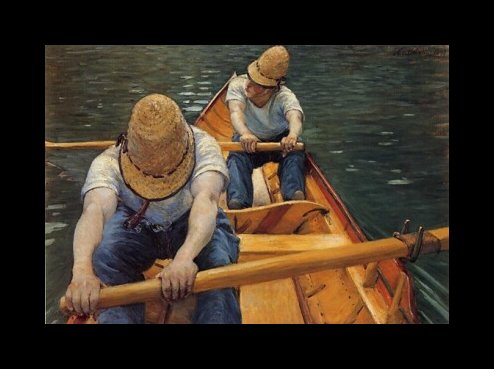
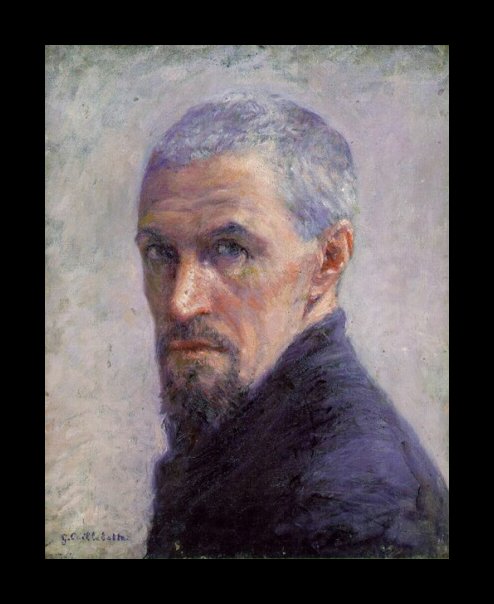
In 1874, he met Degas, Monet, and Renoir and helped them orchestrate their first group exhibition in Paris. In 1875, Caillebotte was optimistic about making his public debut as a painter. He submitted his first painting to the Salon, and was disappointed with the quick rejection.
Caillebotte’s artwork was a marked contrast to the work of his fellow artists. While most artists of the time used uninhibited brushwork and bright colors, Caillebotte utilized more compressed space, and his colors were more muted and subdued. Although his talent was undisputable, this deviance from the normal style of Impressionism sparked criticism.
He enlisted the help of Renoir and exhibited the following year. When he entered the next exhibition, he was met with a warmer reception. This time, his works received notice and attention. The floor scrapers drew much admiration from the public. He went on to help organize and finance the 3rd, 4th, 5th, and 6th Impressionist exhibitions, as well as contributing his own works.
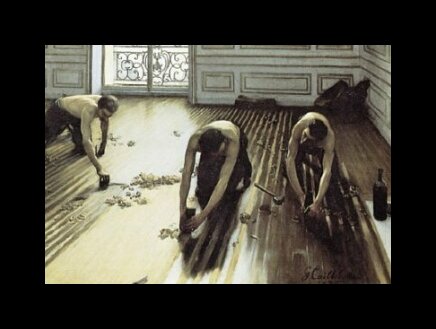
In 1881, Caillebotte purchased a home in Petit-Gennevilliers. This was where he created many of his works. He also became a talented horticulturist, creating living masterpieces in his garden and greenhouse.
In his spare time, Caillebotte was a racing yachtsman. He delighted in the speed and craftsmanship of his boats. Many of his paintings boasted evidence of this passion, displaying nautical scenes.
Caillebotte produced very few works in his final years, preferring to sail or work in his garden. He died in 1894 of pulmonary congestion. He specified in his will that his entire collection of paintings be left to the French government. Although his collection was not immediately embraced, it was eventually accepted. It now hangs in the Musee d’Orsay in Paris, France.
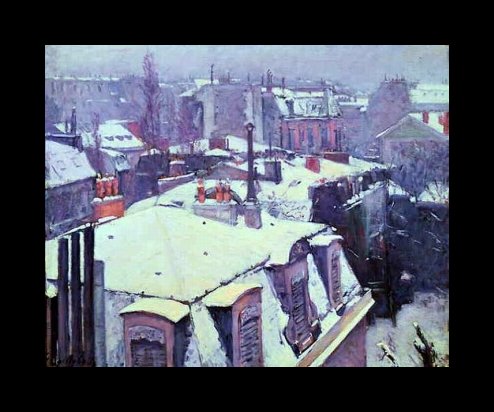
Authentic Caillebotte works are rare. Such a discovery would be one of great value. In his lifetime, he is believed to have created about 500 paintings. They are characterized by a more realistic style than that of the other Impressionists. Many of his existing paintings are landscapes, nautical scenes, or views of Paris streets from towering balconies. His work is considered highly unique in his use of light and realistic portrayal of subjects. Many of his creations are praised for their blend of Impressionist and academic styles. Although there is an expressionistic, free style to his work, his paintings are also infused with an academic quality that has become a Caillebotte trademark.
If you believe you own a work of art by Gustave Caillebotte, contact Art Certification Experts. We authenticate, appraise, research and provide Certificates of Authenticity (COA's) for works by Gustave Caillebotte.
